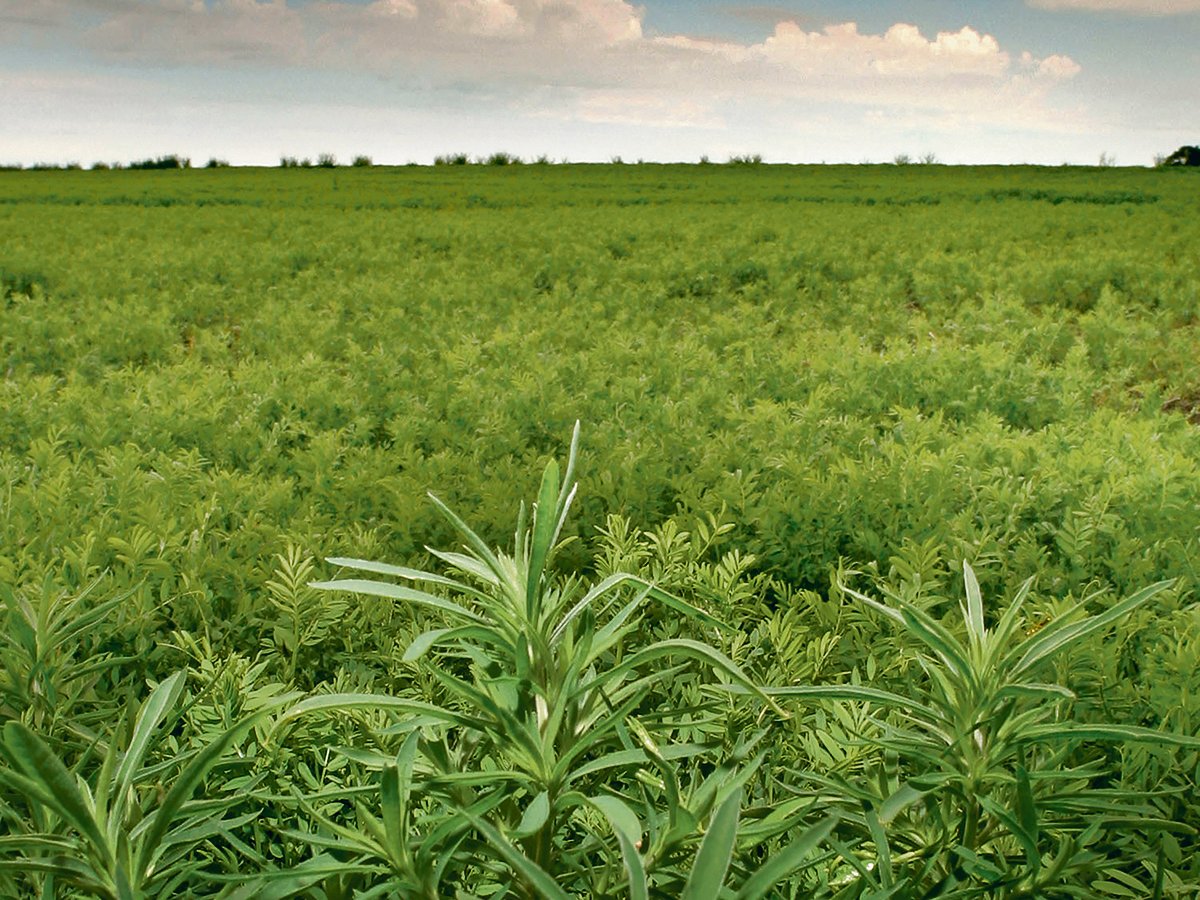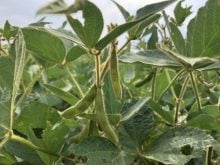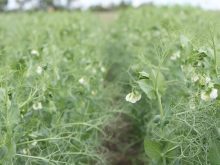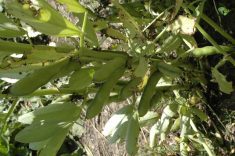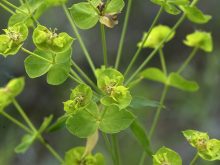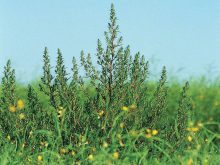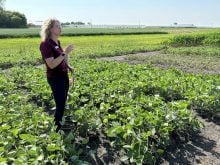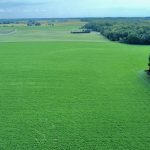Sask. producer group commits $3.67 million over six years to fund five projects, including one on kochia management
Weed control has been recognized as a top issue for pulse growers in recent years. It’s also been noted that there hasn’t been many research projects aimed at specifically addressing weed issues in pulse crops.
To address this gap, Saskatchewan Pulse Growers announced in mid-December it will invest in five research projects for a total of $3.67 million.
The program is slotted to run for six years from 2025-29, including field seasons. The research builds on work from two previous SPG funded weed programs.
Read Also
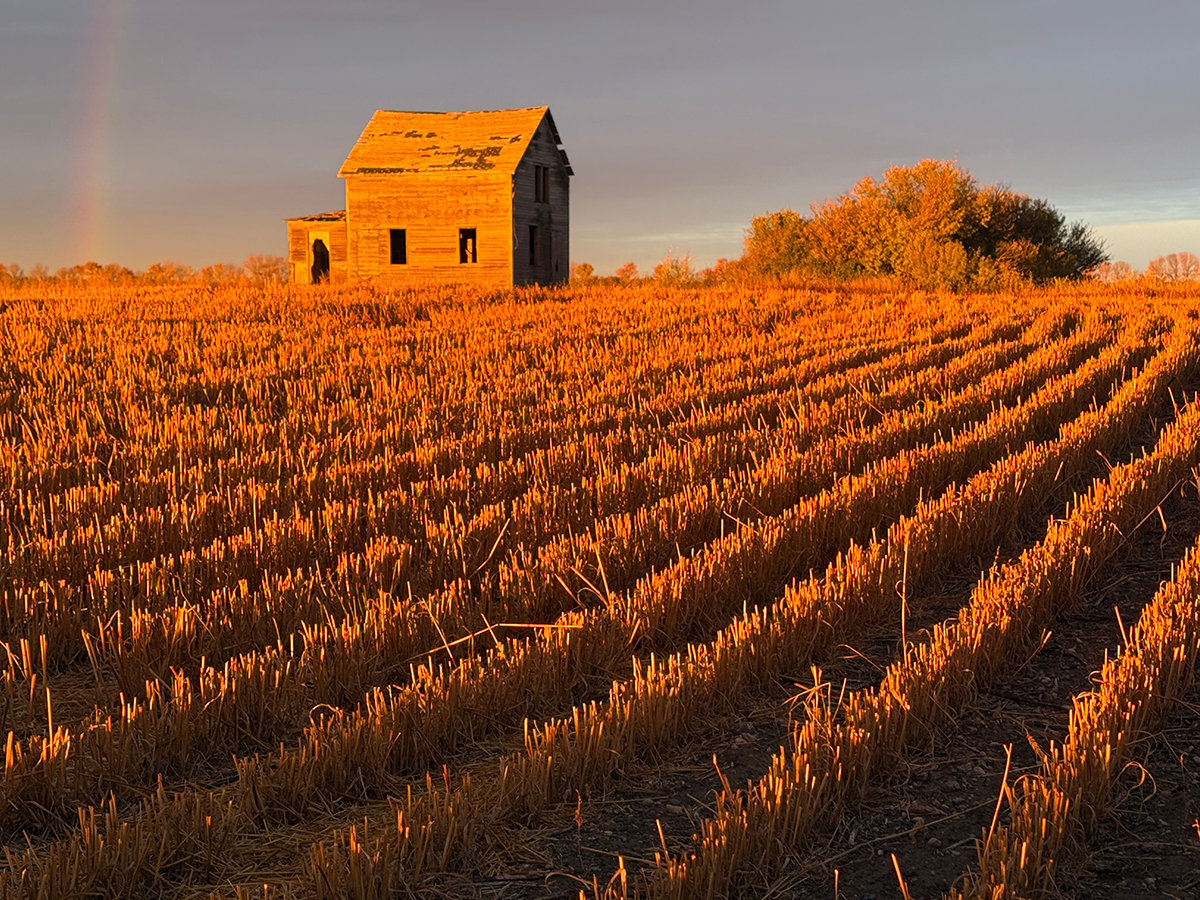
Forecast leans toward cooling trend
July saw below average temperatures, August came in with near to slightly above average temperatures and September built on this warming trend with well above average temperatures for the month.
“Pulses are particularly poor competitors to weeds, and SPG has heard pulse growers as they have identified weed control as one of the top issues facing pulse production,” SPG director Trent Richards said during the announcement.
“This money keeps weed control at the forefront of research investments with the aim to provide growers with more options for their farm.”
The projects will be conducted across the Prairies with various levels of funding.
The project that received the most funding is called “Framework for a collaborative kochia management program in pulses”, led by Steve Shirtliffe from the University of Saskatchewan.
Shirtliffe, a professor and researcher in the plant sciences department, received slightly more than $2.47 million for the project.
At last month’s Agronomy Update conference in Saskatoon, where the announcement was made, Shirtliffe said the goal is to bring together a collaborative group of the best weed researchers in the industry. Some of those on the team include Shaun Sharpe, Jessica Enns, Breanne Tidemann and Charles Geddes, the “godfather” of weed research.
“As growers in ag and agronomists, we know very well kochia is a terrible weed in pulse crops, and especially lentils,” Shirtliffe said.
“It’s a huge challenge to control. (And) herbicide resistance has been kind of an ephemeral thing.”
He said kochia is at the beginning of Group 14 resistance, which requires a long-lasting plan. That is one of his goals, he added.
The project will build off previous research to test and develop weed control systems. Shirtliffe has been working in the field of lentil weed control for 20 years, and has seen a few different methods.
He said the project is about finding ways to integrate various methods to find what works most effectively.
“What we want to do is develop weed control systems that utilize both cultural weed seed management approaches, such as mowing, patch mowing, and chemical methods, like layering, to control kochia.”
Shirtliffe and his team intend to develop and fine-tune methods on research farm, but also test the method on real kochia patches on working farms.
To do this, they are looking for farmers who are interested in participating in the tests, with more information to come.
“Let’s not make research for researchers,” he said.
“Let’s make research for farmers.”
The project’s other focus is the interaction of salinity, which is a driver of kochia. Shirtliffe hopes to find a way to manage the weed in high salinity areas, which will lead to other methods of management.
The additional four research projects are from Breanne Tidemann at Agriculture Canada in Lacombe, Alta. (two projects), Dilshan Benaragama at the University of Manitoba and Jessica Enns at Western Applied Research Corporation in Scott, Sask.


